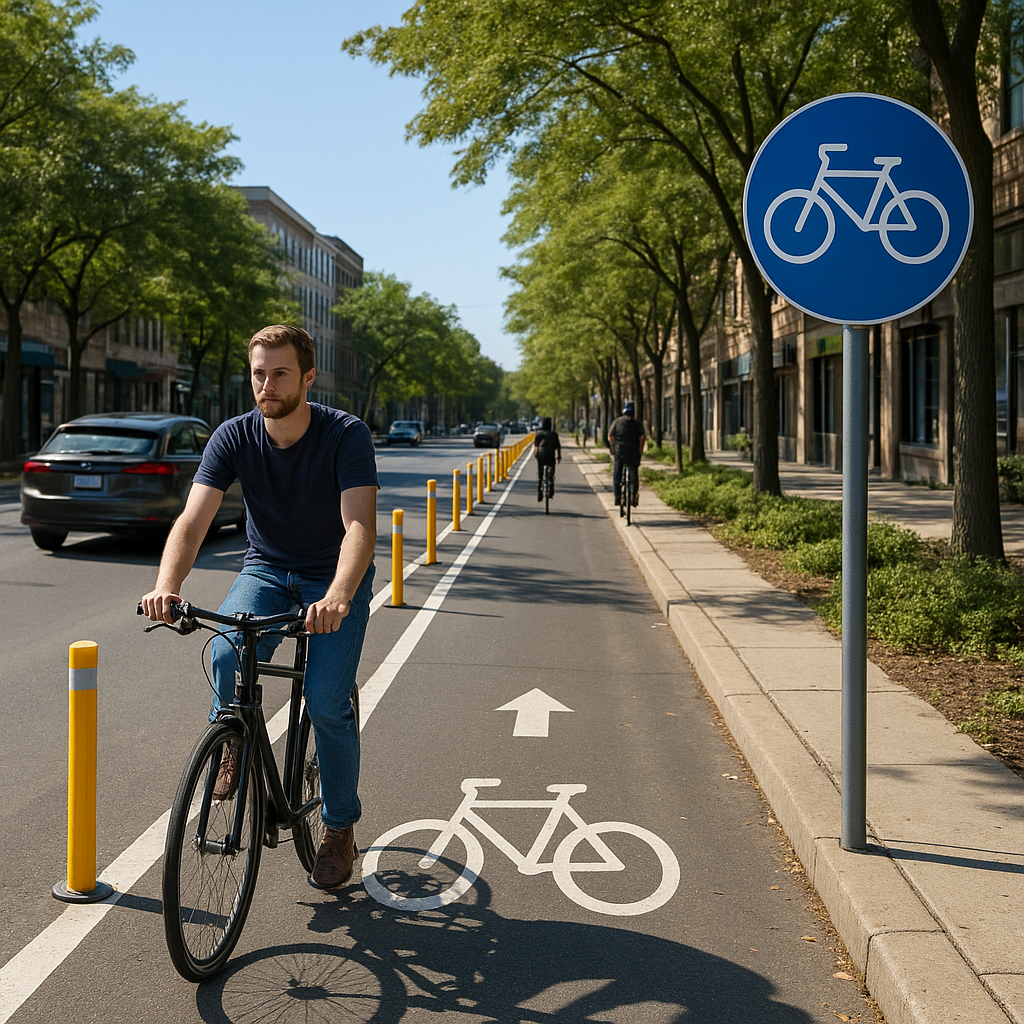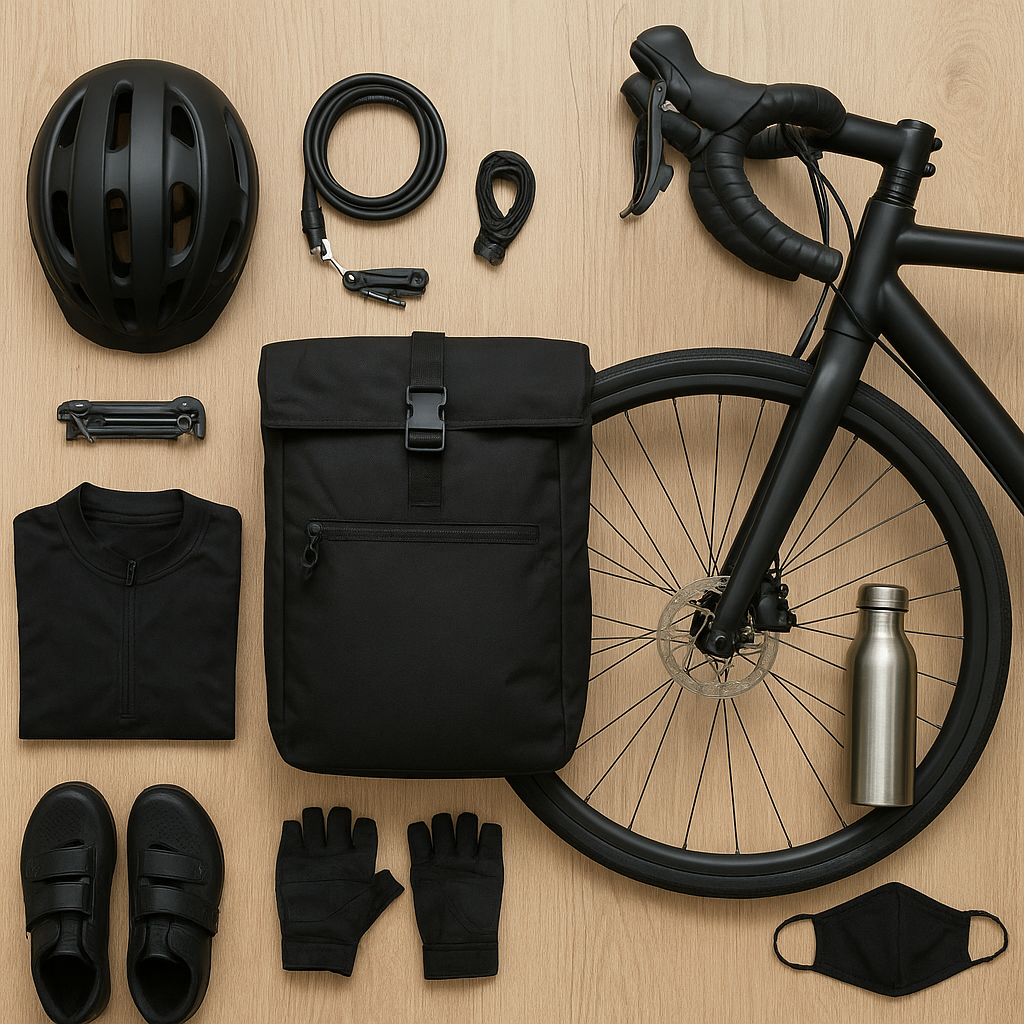Cargo bikes are emerging as a sustainable solution for urban transportation, offering an eco-friendly alternative to traditional vehicles. As cities around the world grapple with traffic congestion, pollution, and the need for efficient delivery systems, cargo bikes present a versatile and practical option. This article delves into the various aspects of cargo bikes, exploring their benefits, types, and the future of urban mobility.
The Rise of Cargo Bikes
The concept of cargo bikes is not new; they have been used for decades in various parts of the world. However, their popularity has surged in recent years due to increasing environmental awareness and the need for sustainable urban transportation solutions. Cargo bikes are designed to carry heavy loads, making them ideal for transporting goods, children, and even pets. They come in various shapes and sizes, from two-wheeled models to more stable three-wheeled versions.
Environmental Benefits
One of the most significant advantages of cargo bikes is their minimal environmental impact. Unlike cars and trucks, cargo bikes produce zero emissions, making them an excellent choice for reducing air pollution in urban areas. They also require less energy to manufacture and maintain, further contributing to their eco-friendly credentials. By replacing traditional delivery vehicles with cargo bikes, cities can significantly reduce their carbon footprint and improve air quality.
Economic Advantages
Cargo bikes are not only environmentally friendly but also economically advantageous. They are cheaper to purchase and maintain compared to motor vehicles. Businesses that adopt cargo bikes for deliveries can save on fuel costs, parking fees, and vehicle maintenance. Additionally, cargo bikes can navigate through congested city streets more efficiently, reducing delivery times and increasing productivity.
Types of Cargo Bikes
Cargo bikes come in various designs, each tailored to specific needs and preferences. Understanding the different types can help individuals and businesses choose the right model for their requirements.
Long John Bikes
Long John bikes, also known as bakfiets, are characterized by a large cargo area located between the front wheel and the handlebars. This design allows for a low center of gravity, making the bike stable and easy to handle even when carrying heavy loads. Long John bikes are popular for transporting children and groceries, and they often come with weatherproof covers to protect the cargo.
Longtail Bikes
Longtail bikes feature an extended rear rack that can accommodate large loads or multiple passengers. These bikes are versatile and can be fitted with various accessories, such as child seats, panniers, and cargo bags. Longtail bikes are ideal for families and businesses that need to transport bulky items without compromising maneuverability.
Trikes
Trikes, or three-wheeled cargo bikes, offer enhanced stability and a larger cargo capacity. They are particularly useful for businesses that need to transport heavy or oversized items. Trikes come in different configurations, including front-loading and rear-loading models, allowing users to choose the best option for their needs. The added stability of trikes makes them a popular choice for elderly riders and those with balance issues.
Challenges and Solutions
While cargo bikes offer numerous benefits, they also come with certain challenges. Addressing these issues is crucial for the widespread adoption of cargo bikes in urban environments.
Infrastructure
One of the primary challenges is the lack of dedicated infrastructure for cargo bikes. Many cities do not have bike lanes wide enough to accommodate larger cargo bikes, making it difficult for riders to navigate safely. To address this issue, urban planners need to design and implement bike-friendly infrastructure that supports the use of cargo bikes. This includes wider bike lanes, dedicated parking spaces, and traffic calming measures to ensure the safety of all road users.
Regulations
Regulatory barriers can also hinder the adoption of cargo bikes. In some cities, there are restrictions on the size and weight of bikes allowed on certain roads. Policymakers need to update regulations to accommodate the unique characteristics of cargo bikes, ensuring they can be used effectively for urban transportation. This may involve revising traffic laws, creating incentives for businesses to adopt cargo bikes, and promoting public awareness of their benefits.
The Future of Urban Mobility
Cargo bikes have the potential to revolutionize urban transportation, offering a sustainable and efficient alternative to traditional vehicles. As cities continue to grow and evolve, the need for innovative mobility solutions will become increasingly important. By embracing cargo bikes, urban areas can reduce congestion, lower emissions, and create more livable environments for their residents.
Integration with Public Transport
Integrating cargo bikes with public transport systems can further enhance their utility. For example, bike-sharing programs that include cargo bikes can provide residents with flexible transportation options. Additionally, creating seamless connections between bike lanes and public transport hubs can encourage more people to use cargo bikes for their daily commutes and errands.
Technological Advancements
Technological advancements are also playing a crucial role in the evolution of cargo bikes. Electric-assist cargo bikes, or e-cargo bikes, are becoming increasingly popular, offering riders the ability to carry heavier loads with less effort. Innovations in battery technology, lightweight materials, and smart connectivity are making cargo bikes more accessible and user-friendly. As these technologies continue to develop, cargo bikes will become an even more attractive option for urban transportation.
Conclusion
Cargo bikes represent a promising solution for sustainable urban transportation. Their environmental and economic benefits, combined with their versatility and practicality, make them an ideal choice for individuals and businesses alike. By addressing the challenges related to infrastructure and regulations, cities can pave the way for the widespread adoption of cargo bikes, creating healthier, more efficient, and more sustainable urban environments. As we look to the future, cargo bikes will undoubtedly play a crucial role in shaping the way we move and live in our cities.












